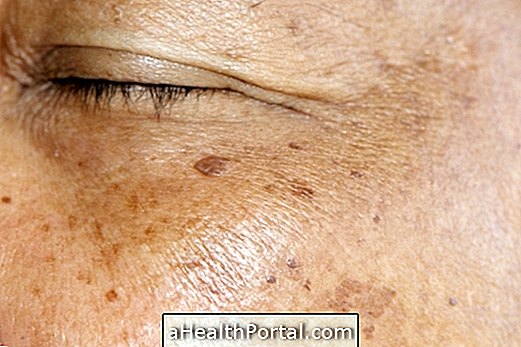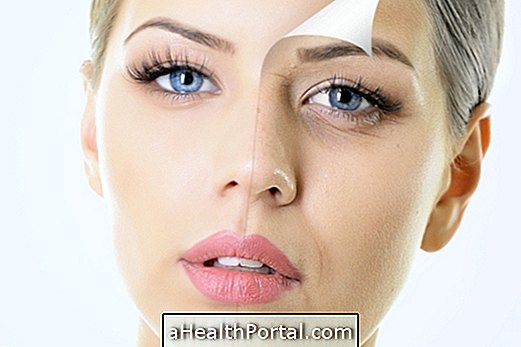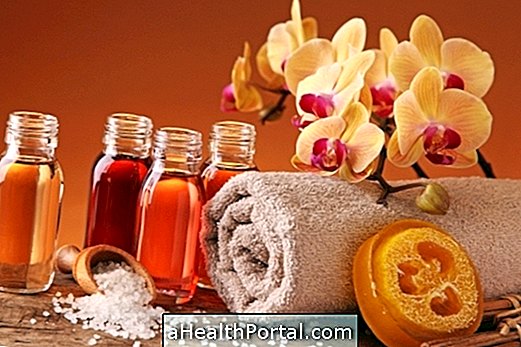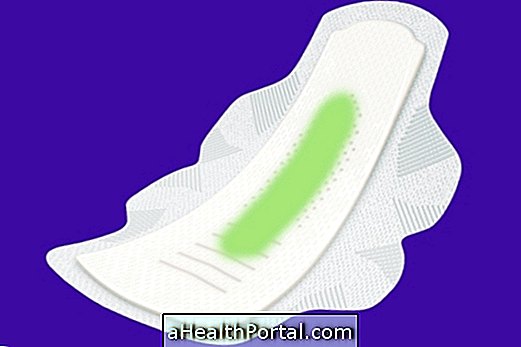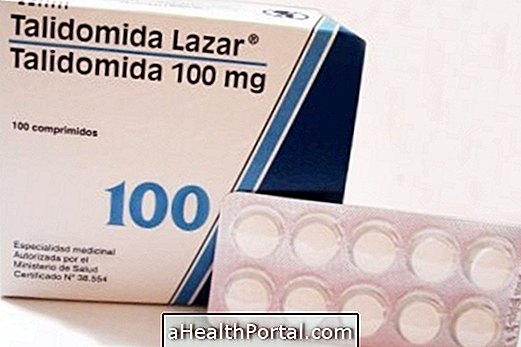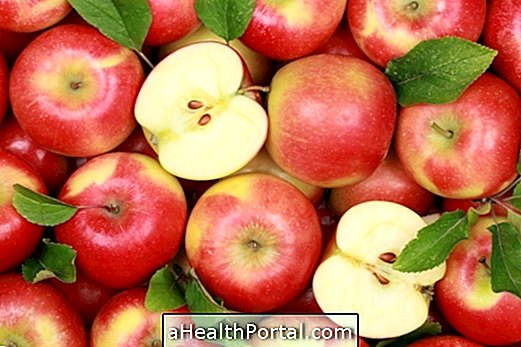The classification of the skin type should take into account the characteristics of the hydrolipidic film, resistance, phototype and age of the skin, which can be assessed by means of a visual, tactile or specific examination, which can be performed with the help of a professional.
Identifying the skin type is very important when it comes to obtaining the cosmetic products that are going to be used daily, for better results.

Skin types according to the hydrolipidic characteristics
1. Normal skin
Generally, normal skin does not look oily or dry, has moderate shine, is luminous, rosy, and is normally soft and firm to the touch, without imperfections. The pores are generally imperceptible to the naked eye and usually do not have pimples.
2. Dry skin
Dry skin usually causes a pulling sensation after contact with water and is duller, with a tendency to develop fine wrinkles and flaking. Dry skin should not be confused with dehydrated skin because a dehydrated skin is a skin that lacks water, while dry skin is lacking in nutrients and oils. In addition, people with oily skin may also have dehydrated skin. Learn how to treat dry skin.
3. Oily skin
There are several types of oily skin:
- Seborrheic oily skin, which is a thick skin, with excess oiliness, shiny, with very visible pores and with touchable fat that generally does not show flaking or redness;
- Dehydrated oily skin, which is a skin with excess oiliness, shiny, with pores that are noticeable and with tendency to peeling, redness and irritation;
- Oily skin with sebum retention, which exhibits luster, retention of sebum with appearance of pimples, pale appearance, dehydration and tendency to irritation.
Here's how to treat oily skin.
4. Mixed skin
Generally, mixed skin is oily in the T zone, which is the forehead, nose and chin region, and is dry or normal in the remaining regions.

Skin resistance
The skin may still be tough or sensitive. Sensitive skin is a skin that usually reacts to different stimuli, such as cold and heat, stress, food, hormonal factors or use of some products that contain perfume and some ingredients that cause irritation, burning, burning, itching, stinging, peeling and dryness.
Skin phototype
The skin can still be classified according to its pigmentation and the way it reacts when exposed to the sun:
| Phototypes | description | Sensitivity to the sun |
| Type 1 - Very clear | It burns easily and never browns | Very sensitive |
| Type 2 - Clear | Easily burn and lightly brown | Sensitive |
| Type 3 - Light Brown | Moderately burning and tanning | Normal |
| Type 4 - Moderate brunette | Burn little and tan easily | Normal |
|
Type 5 - Dark Brunette | It rarely burns and browns a lot | Not very sensitive |
| Type 6 - Black | Never burns and is totally pigmented | Insensitive |
How to evaluate skin type
There are several ways to evaluate the skin type and to do it, the person should not be makeup or have any cosmetic product on the skin. The evaluation should be performed with direct light and without shadows:
1. Visual examination
The visual examination consists mainly of visual evaluation of the texture and uniformity of the skin and identification of skin abnormalities such as enlarged pores, pimples, peeling, redness among others.
2. Tactile examination
The tactile examination consists of evaluating the skin through the touch and perceive its texture, elasticity, firmness and presence or not of oiliness.
3. Interview
The interview should be performed by the health professional who can question the person regarding their hygiene habits, how the skin reacts to cold, heat, sun and wind, what type of cosmetic products the person uses, what their lifestyle and professional activity and whether she has any illness or takes any medication that may interfere with the appearance of the skin.
4. Instrumental evaluation
There are also several devices that allow to evaluate the skin type through the evaluation of water loss or measurement of oiliness and others that allow to measure skin resistance and pigmentation. These tests should be performed by a health professional.
In addition, a good home-based method for determining the skin type is to wipe a clean tissue on the face after waking up and observe the skin and handkerchief in a very bright place. Usually on a normal skin the handkerchief gets clean, on mixed and oily skin, the handkerchief may get some dirt and on dry skin, you may feel that it gets a little dry and pulled up and you can see peeling skin on the scarf


